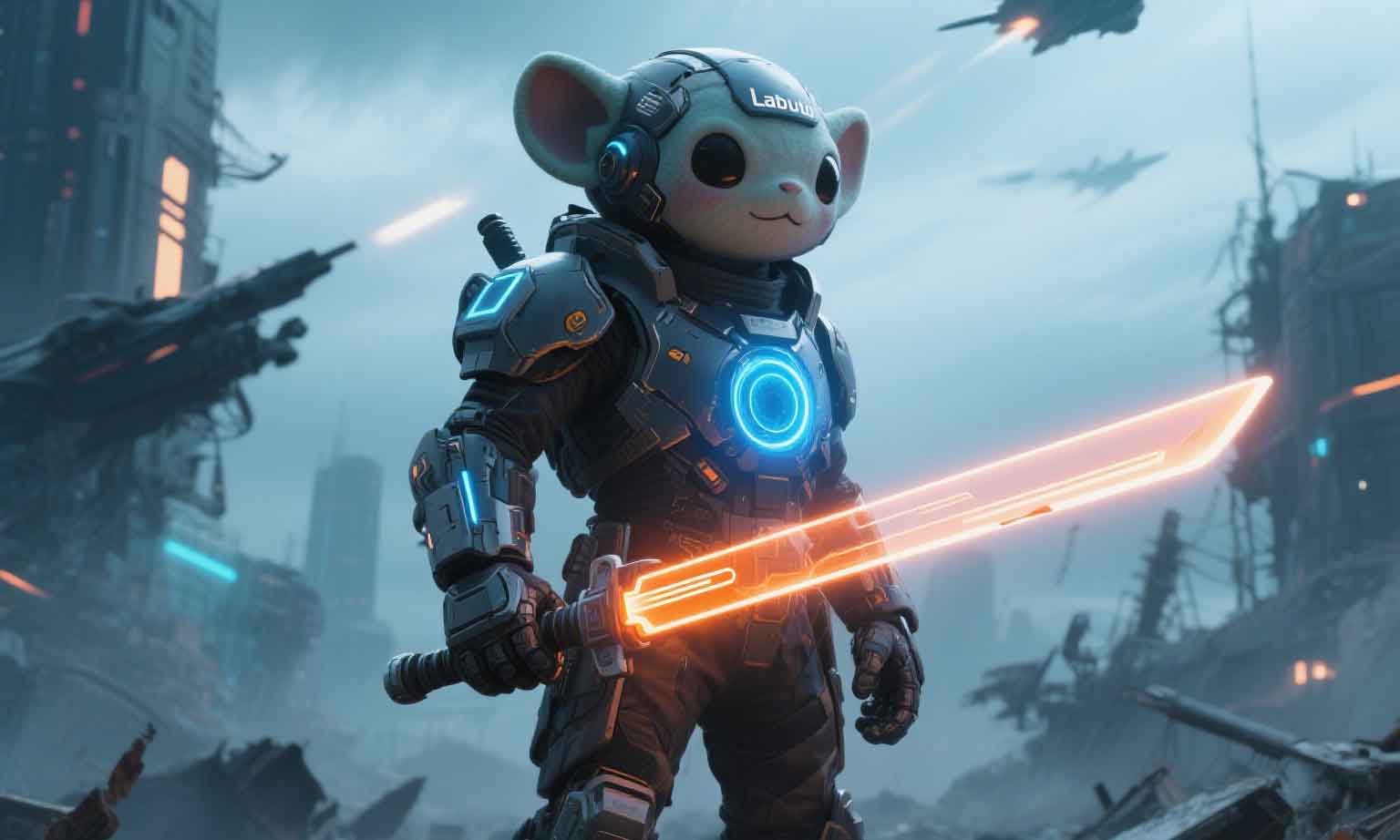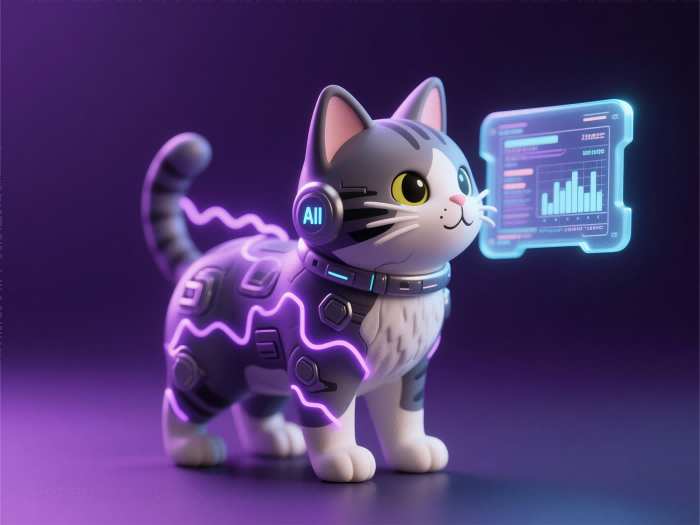The Rise of AI Toys: Revolutionizing Play or Raising Concerns?
Introduction
The toy industry is undergoing a radical transformation with the integration of artificial intelligence (AI). From interactive dolls to programmable robots, AI-powered toys are reshaping how children learn, play, and develop. However, as these toys become more sophisticated, they also raise ethical, developmental, and privacy concerns. This article explores the current landscape of AI toys, their benefits, potential risks, and the future of play in an AI-driven world.
The Current State of AI Toys
AI toys are no longer a futuristic concept—they are already on store shelves and in homes worldwide. Companies like Anki (before its shutdown), LEGO (with its Mindstorms and Spike Prime sets), and even traditional toy makers like Hasbro (with AI-enhanced Furby and Star Wars droids) are investing heavily in smart playthings. These toys leverage machine learning, natural language processing (NLP), and computer vision to interact with children in ways that were previously unimaginable.
For example:
-
Interactive companions (e.g., Miko robots, CogniToys’ Dino) engage in conversations, answer questions, and adapt to a child’s learning style.
-
Educational robots (e.g., Sphero, Makeblock) teach coding and problem-solving through hands-on play.
-
Smart dolls (e.g., Hello Barbie, My Friend Cayla) use voice recognition to simulate conversations, though they have faced scrutiny over privacy issues.
The global AI toy market is projected to grow exponentially, driven by parents’ increasing demand for STEM-focused, educational, and personalized toys. However, this rapid adoption comes with challenges.
The Benefits: Smarter Play for a Smarter Generation
AI toys offer several advantages over traditional toys:
-
Personalized Learning – Unlike static toys, AI-powered ones adapt to a child’s skill level, providing customized challenges that enhance cognitive and emotional development.
-
Enhanced Engagement – Interactive storytelling, real-time feedback, and gamified learning keep children more engaged than passive toys.
-
Skill Development – Many AI toys focus on STEM education, fostering creativity, logical thinking, and problem-solving from an early age.
-
Inclusivity – AI-driven toys can assist children with special needs, offering speech therapy (e.g., Leka) or social interaction practice (e.g., robots for autism therapy).
The Concerns: Privacy, Ethics, and Developmental Impact
Despite their benefits, AI toys are not without controversy:
-
Data Privacy Risks – Many smart toys collect voice recordings, behavioral data, and even facial expressions. Cases like Hello Barbie (which recorded children’s conversations) and My Friend Cayla (banned in Germany over hacking risks) highlight vulnerabilities.
-
Over-Reliance on Technology – Some child psychologists warn that excessive interaction with AI companions might hinder real-world social skill development.
-
Algorithmic Bias – If AI toys are trained on limited datasets, they may reinforce stereotypes or fail to represent diverse cultures and languages fairly.
-
Short Product Lifecycles – Many AI toys rely on cloud-based services, meaning they can become obsolete if companies shut down servers (as seen with Anki’s Cozmo).
The Future: Balancing Innovation and Responsibility
As AI toys evolve, stakeholders—parents, regulators, and manufacturers—must address these challenges:
-
Stronger Privacy Regulations – Governments must enforce stricter data protection laws (like COPPA in the U.S. and GDPR in Europe) to safeguard children’s information.
-
Ethical AI Development – Toy makers should prioritize transparency, avoid manipulative design, and ensure unbiased interactions.
-
Hybrid Play Solutions – Combining AI with traditional, screen-free play could offer a balanced approach to child development.
Conclusion
AI toys represent a groundbreaking shift in play and education, offering unprecedented opportunities for learning and engagement. However, their rapid adoption demands careful consideration of privacy, ethics, and long-term developmental effects. The future of AI toys lies not just in technological advancement but in responsible innovation that prioritizes children’s well-being above all else.
As the industry matures, the key question remains: Will AI toys empower the next generation or introduce unforeseen risks? The answer depends on how wisely we integrate them into our children’s lives.













